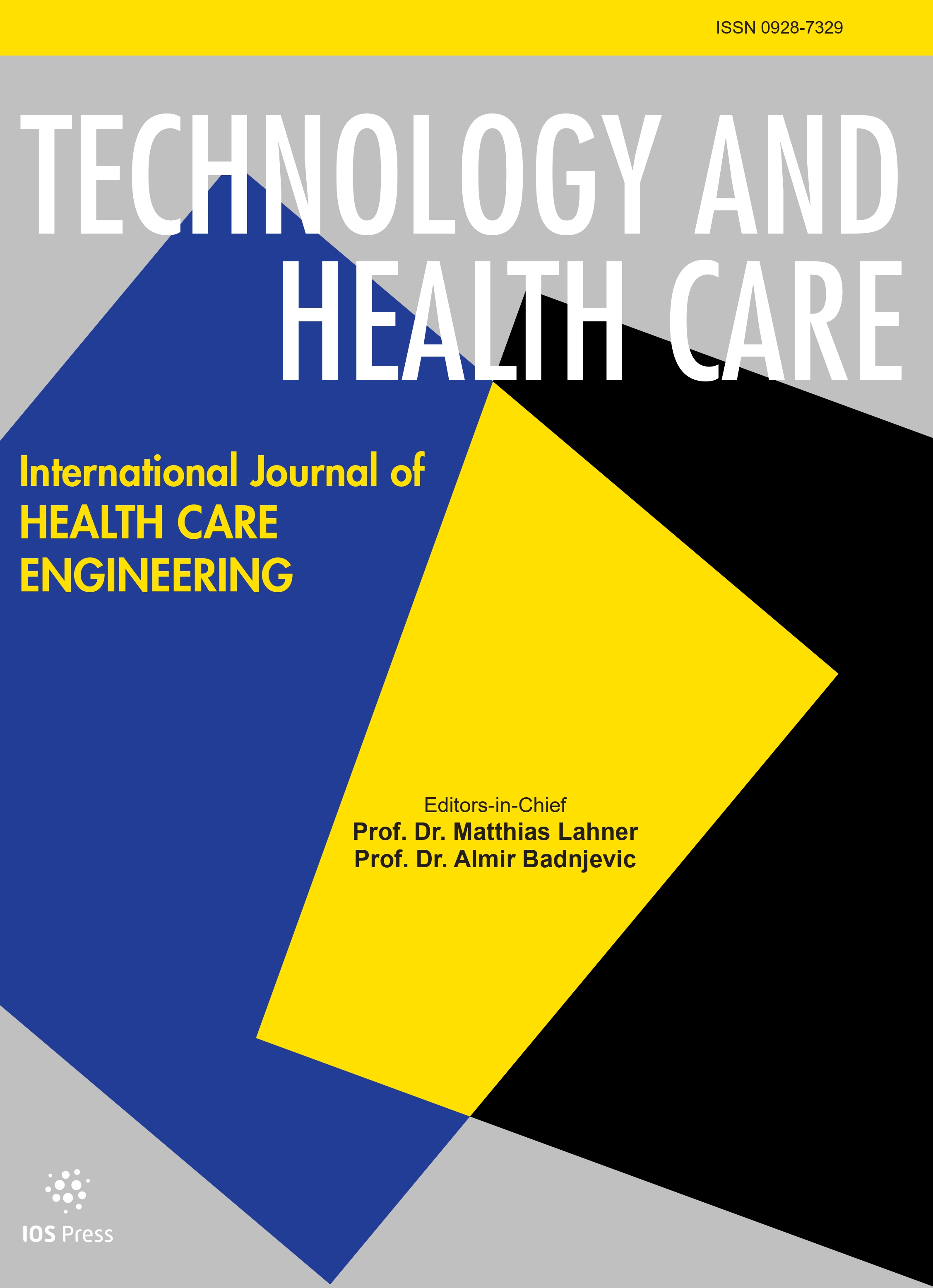Authors: Ji, Yanping | Ding, Qingbin | Bu, Tianyi | Wang, Kun | Zhang, Jing | Wang, Xue
Article Type:
Research Article
Abstract:
BACKGROUND: Cirrhosis is one of the most common clinical diseases in the world. The patient with cirrhosis has many complications, such as spontaneous peritonitis, hepatic encephalopathy. Malnutrition is one of the most common complications in patients with cirrhosis, and it is also a key factor affecting the prognosis of patients. However, the research on cirrhosis malnutrition is relatively scarce. OBJECTIVE: This study aimed to explore the new factors of the liver cirrhosis with the nutritional status. METHODS: A total of 370 patients with liver cirrhosis were admitted to the Fourth Affiliated Hospital of
…Harbin Medical University from January 2019 to January 2023 were selected. Patients were assigned to the malnourished group and normal group. The weight, height, mid arm circumference (MAC) and triceps skinfold thickness (TSF) of the two groups were measured. Body mass index (BMI) and mid-arm muscle circumference (MAMC) were calculated. Furthermore, the Health Literacy Management Scale (HeLMS), biochemical indexes, incidence of complications, disease grade were also counted and the Royal Free Hospital-Nutrition Prioritization Tool were used to evaluate the nutritional status of the patient. RESULTS: A total of 370 patients was included in this study, including 177 malnutrition patients, accounting for 45.29%, and the scores and total scores of the patients in the malnutrition group were lower than those in the normal group. The measured values of Na+ , Alb, PA, T-Bil, TC, TLC, Hb, and RBC were all lower than those of the normal group, and the difference was statistically significant. The overall complication rate of the patients in the malnourished group was 89.61%, and that of the normal group was 39.78%. Multifactorial logistic regression analysis was performed with nutritional level as the dependent variable (normal = 0, malnutrition = 1), and the above indicators of variability (Na+ , Alb, PA, T-Bil, TC, PT, Hb, RBC, HG, and HeLMS scores) as the independent variables. The results showed that Na+ , Hb were the influencing factors of nutritional level (P < 0.05). CONCLUSION: The incidence of malnutrition in cirrhotic patients included in this study was at a moderate level, and the nutritional literacy of these patients was low. In addition, the level of serum sodium, Hemoglobin can affect the nutritional level of patients with cirrhosis.
Show more
Keywords: Cirrhosis, malnutrition, correlation factor
DOI: 10.3233/THC-241180
Citation: Technology and Health Care,
vol. 33, no. 1, pp. 509-518, 2025
Price: EUR 27.50




